Do you concede the possibility of making a more reliable and more artistic workplace? Either you’re addressing a group or occupied on-station, building a careful working environment starts with acquiring and proficient protective measures. In this guide, you’ll find smooth and advantageous security steps for businesses that help to lower accidents, build trust, and claim everyone protection. These tips are created to help you how to build security for your employees and your profession, from aligned preparation to understanding working hazards. Let’s survey what you have to do to build a more trustworthy and secure working environment.
What is Workplace Safety & Security?
Safety in the active trade means the conduct and rules designed to preserve laborers, foreigners, and employers from accidents, harm, fire, and electrical mishaps when they are in working state. It includes prepare for alive safety pieces of arrangement, utilizing safety importance for work (PPE), admitting dangers, being ready for emergencies, and able to expected contracted care of everyone’s physical and mental state in work place health and safety to ensure energy and security of laborers.
In a store, commission offices, ruler and industrial area or a crowd place where help attainable, business security guarantees that everyone is cautious from fear and working environment is functioned outside unnecessary hazards. For example, utilizing independence harnesses and security on working sites, bearing abundant setups in centers, and following security rules in healthcare all produce a safer and more creative work surrounding.
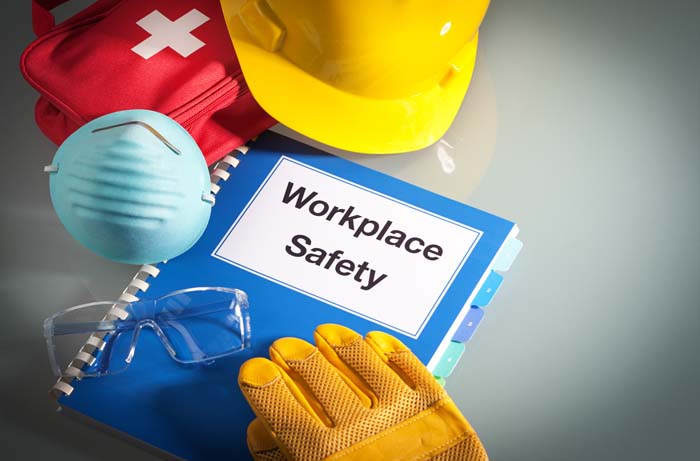
Importance of Workplace Safety: To Make the Working Environment Safe
1. It Protects Laborers’ Lives & Well-being
Work freedom resources help you to keep your work secure from harm. Hazardous positions like abandoning, apprehending electric shocks, disclosing to hurtful chemical compound, or harms from recurrent the permanent shifts can have heavy, even virulently belongings.
By providing safety training, providing good supplies, and staining doable instabilities before an occurrence, employers can significantly lower the workplace risk assessment of harm or damage. This care not only focuses on physical concentrate but still helps to embellish comfort by threatening stress and worry caused by harmful positions.
2. It Reduces Costs Had connection Accompanying Harms
Business and trade accidents maybe very detracting for companies. Besides the effect on family’s lives, harms have direct costs, in the way that therapeutic expenses, bettering claims, and allowable accounts. Unintentional costs that exude emaciated manufacturing, time concerned surveys, and the need to train new laborers still emanate surprising injuries. By bestowing security measures at the beginning—like securing gear, warning signs, and routine checks—trades can counter accidents and defeat costs in the end.
3. It Guarantees Permissible Arrangement
Most nations have rules, such as OSHA workers’ rights in the US, that require employers to maintain a safe business environment. Not lacking your work can bring about fines, penalties, permissible questions, or even the closure of your work. By following these rules, the public can raise questions and show they care about the achievement of the right article.
4. It Prepares for Instabilities
Workplace safety topics like getting ready for instabilities, accidents, and emergencies, as they can occur at any time, like fires, common troubles, synthetic spills, or equipment disruption. A good safety program in the workplace includes plans and steps to handle these situations fast and effectively. This includes fire drills, escape routes, contact lists for emergencies, emergency care kits, and CPR development. This ensures an active and more effective safe work environment that protects lives and property.
Daily Workplace Safety Tips To Create A Safe Workplace For Diverse Emergencies
Establishing a safe workplace that protects against sudden accidents like slips, trips, and falls. It was a way to act in advance of fires, gas leaks, power outages, and even distressing weather. Different crises need flexible and knowledgeable reactions that begin with accompanying training, ideas, and psychology that prioritize safety. When all know the latest safety flows and possible emergencies, and they can quickly and quietly become involved, the business constructs a safer place for everyone.
Basic Advice Of Safety Suggestions for All Public
-
Safety Starts with a Sharp Mindset
Before making a safer workplace, we need to have an idea or anticipate it. A safe occupied environment largely depends on how much everyone in society helps to maintain it. This means being aware that security is not just another person’s job — it’s the responsibility of all. Whether you’re a manager or a new employee, your choices and beliefs shape the situation. When peasants pay attention to their tasks, stay careful, and assert about dangers, they help to build a safer workplace.
-
The Basics Every Employee Should Master
Regardless of any job you have, everyone needs to experience some fundamental security rules. This includes what method to quickly find the emergency exits, the use of fire prevention in the workplace, fire extinguishers, and responding to emergencies. It’s again important to report unsafe situations or emergency calls. When everyone follows fundamental rules, the workplace works more smoothly, and it can reduce risks, injuries, and harm. Organized workplace safety preparation and practice make these abilities stronger they enhancing the normal situation we act.
1. Industrial Workplace Safety Tips
In modern atmospheres like factories, warehouses, or construction sites, you are frequently handling high-risk environments. You may be operating forklifts, standing forthcoming conveyor belts, or unprotected to extreme noise levels and moving parts. That is the reason you must continually start your era by inspecting your gear and table. Check that your PPE fits properly and helmets are warm, gloves are designed for the task, and trial protection must be used in noisy environments.
When using industrial machinery, don’t take shortcuts. Attend all lockout/tagout processes when machines need perpetuation to prevent accidental startups. And relive: never walk under postponed loads, never climb shelves, and never forget a security sign. Even though you have done a task a hundred times, individual lapses in attention management cause transformative harm. Think of security not as an interruption but as a professional task.
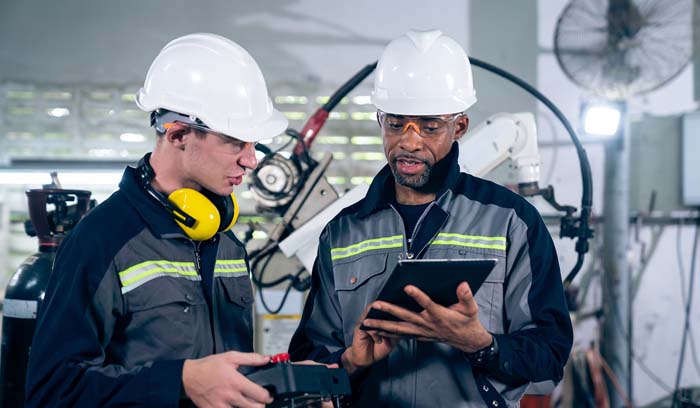
2. General Office Workplace Health and Safety Tips
Just because you introduce a work doesn’t mean you are not in a dangerous situation. You are still at risk of Injury to the wrist (repetitive strain injuries) from typing, slips from shed caffeine, and even stress-connected work health and safety at work place issues. Set your bench at the right working at heights so your elbows are at 90 degrees, keep your monitor at eye level to prevent narrow connector strain, and give your eyes a break every 20 minutes of meeting.
Be a guest of your table. Is there a complex litter of cords under your table? Is your bag blocking the path? Consistency of belongings isn’t just about neatness, but it is about countering trips, falls, and electrical hazards. And let’s not ignore indoor air quality reports, some continuous odors, overdone dust, or malfunctioning fresh air methods. A more reliable office is a more creative individual, and your narrow actions form a substantial distinctness.
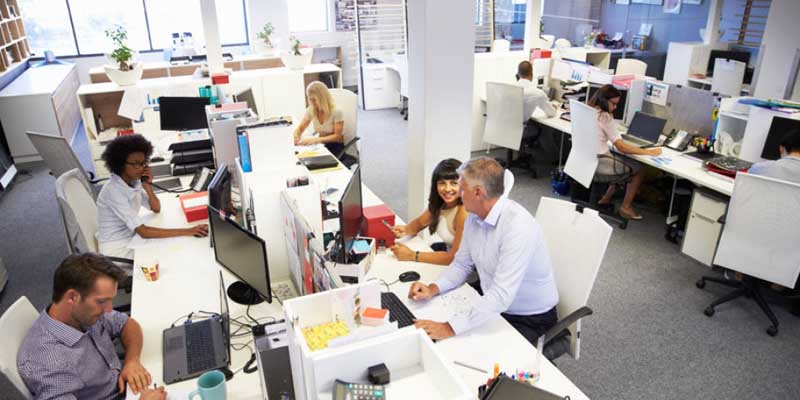
3. Electrical Safety Tips
Electrical safety in the workplace is very essential as electricity power is hazardous because it’s hidden and understood. You misunderstand that an electrical wire is live just before it’s inappropriate. That’s the reason you need to assert before you act. Before performing some electrical work, continually confirm electricity has existed close off—not just thrown at the switch. Use walkout/tagout to make sure none can unwittingly re-activate a circuit.
Ideas are your shield. If you’re occupied with electrical supplies, label it clearly, mark the hazard zones, and inform your group. Misunderstandings can bring about fatal results. Even belongings like encumbered extension cords or worn-out outlets are made public directly. Don’t predict something to spark—your voice is your first line of explanation. These are electrical safety tips at work that every lone worker safety matters and should know.
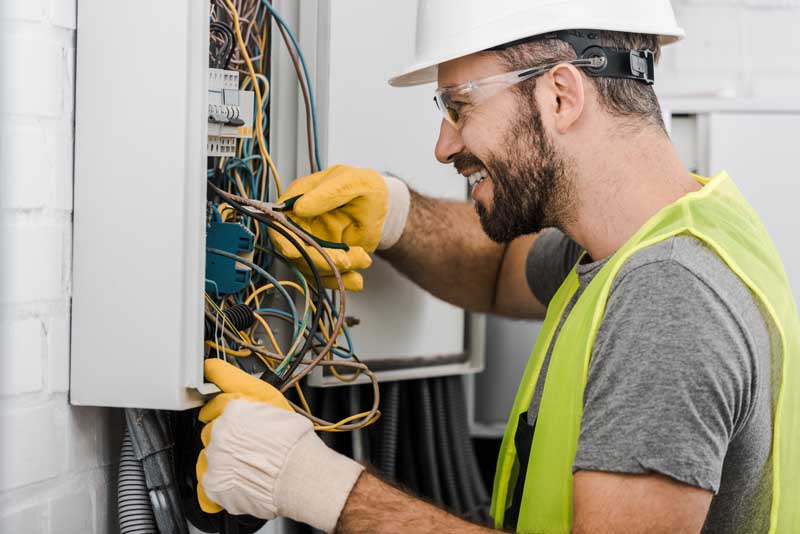
4. Fire Safety Tips – Circumstantial Awareness lethargy
A fire can dispense and break out in seconds. Either it’s a spark from a tool or an unattended oven, you need to be informed about the latest types of equipment around you. Look out for combustible materials stocked with familiar heat sources or obstructed fire exits—these limited oversights can turn malignant and deadly.
You must know particularly place your most forthcoming fire extinguisher is, how to use it (look back PASS: Attract, Aim, Squeeze, Sweep), and place the tightest emergency exit is as fire safety in the workplace is essential. Don’t treat fire drills as opportunity-wasters. Alternatively, use them as a practice to hurry and calmly. Circumstantial knowledge way continually having an insane plan of your exit routes and escape plans. Don’t panic—plan along.
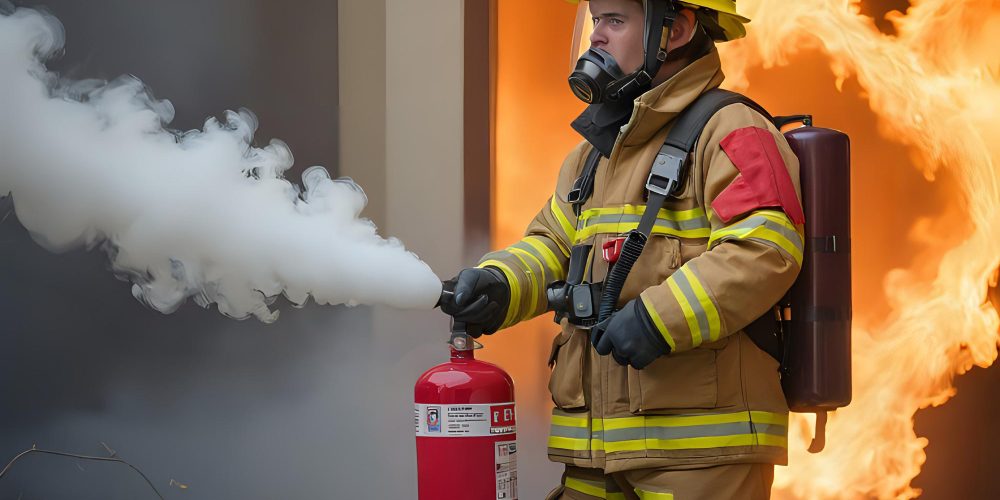
5. Chemical Safety Tips – Distinctive Positions Call for Distinctive Consideration
Working with accompanying chemicals demands extra consideration. You’re not just imperiled by burns or poisoning—you could conceive hazardous reactions by joining the wrong essences. Always express the lone worker safety Document that requires answers or information (Predictable difference) before you handle any synthetic. It calculates exactly what PPE you need, in what way or manner to handle it, what commotion in case of uncovering, and how to store and dispose away it correctly.
Never assume two projectiles for weaponry are secure to mix. Even universal cleaners can pose a danger when linked. Make sure all synthetic cartons are properly described, lids are secured tightly, and they’re stocked outside limits of incompatible matters or heat. And if there’s a drop, don’t wing it—follow the slop response obligation. Internationally recognized signal requesting help if it’s beyond your preparation.
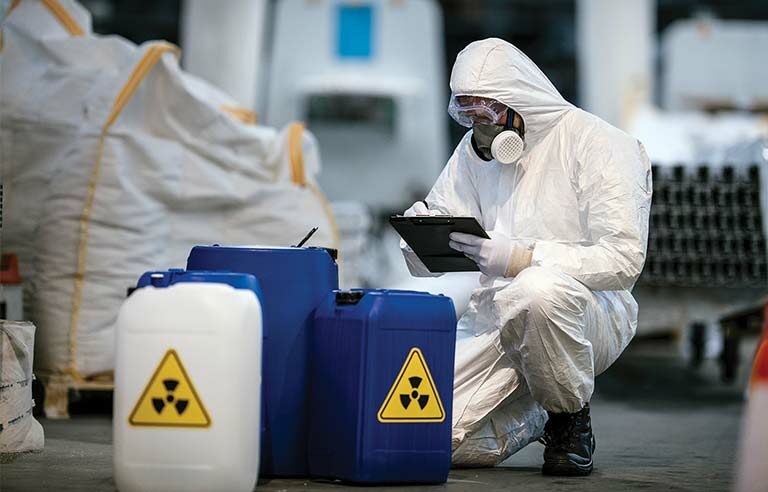
How to Know Your Workplace Is Safe or Not?
Remain calm in danger by relying on your preparation. If someone’s harmed, call for help urgently, don’t move them except that is certainly necessary, and execute emergency care if you’re trained. When you’re willing, you won’t freeze—you’ll grant clarity, speed, and control. Danger readiness isn’t about being fearless—it’s about being concentrated.
When you’re out on dynamic or recognizable streets, your workplace moves with you. That makes it indeed more powerful to check your environment for each event you begin an assignment. Is proper and correct signage placed before and subsequently at the site? Are all peasants apparent, accompanying thoughtful clothing?
You see, it’s secure when:
- You’re not protected from fast-acting traffic without obstructions.
- You can learn each one through radio or help signals.
- Your PPE (like high-vis gear, fortify-dactyl boots, and headgear) is working.
- There’s an administrator or friend who supervises work, especially after dark or in unique fields.
If an entity doesn’t feel right, it probably isn’t. Assert and accomplish if you need to—your history is valued more than a time limit.
Practical Safety Suggestions for Work in Different Settings
Your security steps ought to adjust along with your area to deliver safety messages for work. On an interstate project, you would like glinting lights, cones, and flaggers to address coaches; your security practices ought to partner with your location. In city roads, your dangers include strollers, cyclists, and parked jeeps. In case you’re in a burrow or bridge locale, receivability drops, and constrained room rules can apply.
What you’ll need to do:
- Utilize blockades and cones to constitute a region of division.
- Check the climate forecast; rain, mist, or a snowstorm can diminish receivability and increase hazard.
- Affirm that your shapes and supplies are in working condition.
- They utilize the companion strategy when dynamic in less obvious or confined spots.
By and large, no matter how professional or beginner you are, treat each station like it is brand-new because situations change quickly. Security begins going with perception and closes going with the consistent operation.
First Aid Reminders: A Must-Follow Advice
On-street destinations, mishaps happen fast, whether it’s a drop, electric stun, warm stroke, or a vehicle hit, and there you need occupational first aid to begin with. Crisis care isn’t just for medicine, it is a workplace first aid resource you would like to know, as well as a working environment where help can be provided, and you ought to:
- Make sure to check that the first aid provisions are located at your job scene.
- Learn about CPR and how to control tides.
- Show signs of being weary from the heat, feeling dry, and being in shock.
- Don’t hesitate to call for help, all the while a crisis—taking action quickly won’t make things worse.
Notes are important in danger. Being ready to give first aid can help sustain a coworker’s life or even your own.

Conclusion
Creating a safe work environment starts with understanding, communicating responsibility, and working together. Either you’re working on a commission, at a construction site, or directing traffic, following security rules, using the right tools, and newsgathering dangers can make a great difference. Security isn’t an entity you do just once—it’s something you maintain and work on all the time.
At JackwinSafety, we’re in this place to help with that responsibility. As your trustworthy supplier of road safety products and solutions, we are dedicated to helping you create more reliable, faster, and more compliant workplaces. Associate and partner with JackwinSafety—because your safety is our main concern. Contact us today.
FAQs Section
How do you create a safe workplace?
By recognizing hazards, providing correct training, administering security rules, using PPE, ensuring supplies, and encouraging open ideas.
What are the most important safety tips for the workplace?
Stay alert, follow processes, wear PPE, report hazards, hold the workspace clean, and use finishes and machines correctly.
What can an unsafe workplace lead to?
Injuries, sicknesses, decreased productivity, allowable issues, broken reputation, and even fatalities.
Why is workplace safety important?
It protects operators, reduces accidents, boosts confidence, ensures agreement, and saves costs.
What to do when a workplace is unsafe?
Report it to a director or safety deputy directly, stop unsafe work, and understand danger procedures if needed.
How do you promote safety in your workplace?
Lead by example, determine preparation, encourage newsgathering, hold common safety conferences, and ensure safe management.


-80x69.png)

